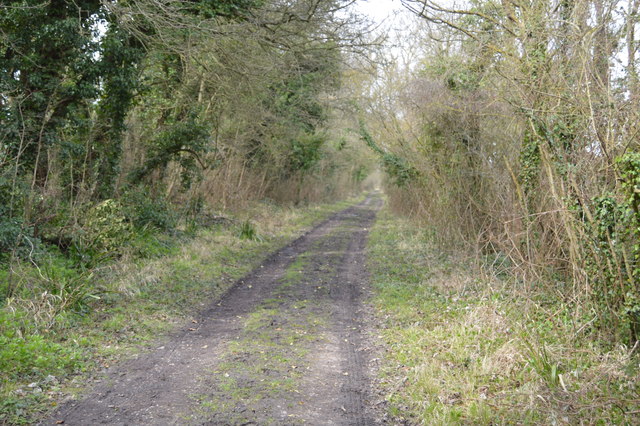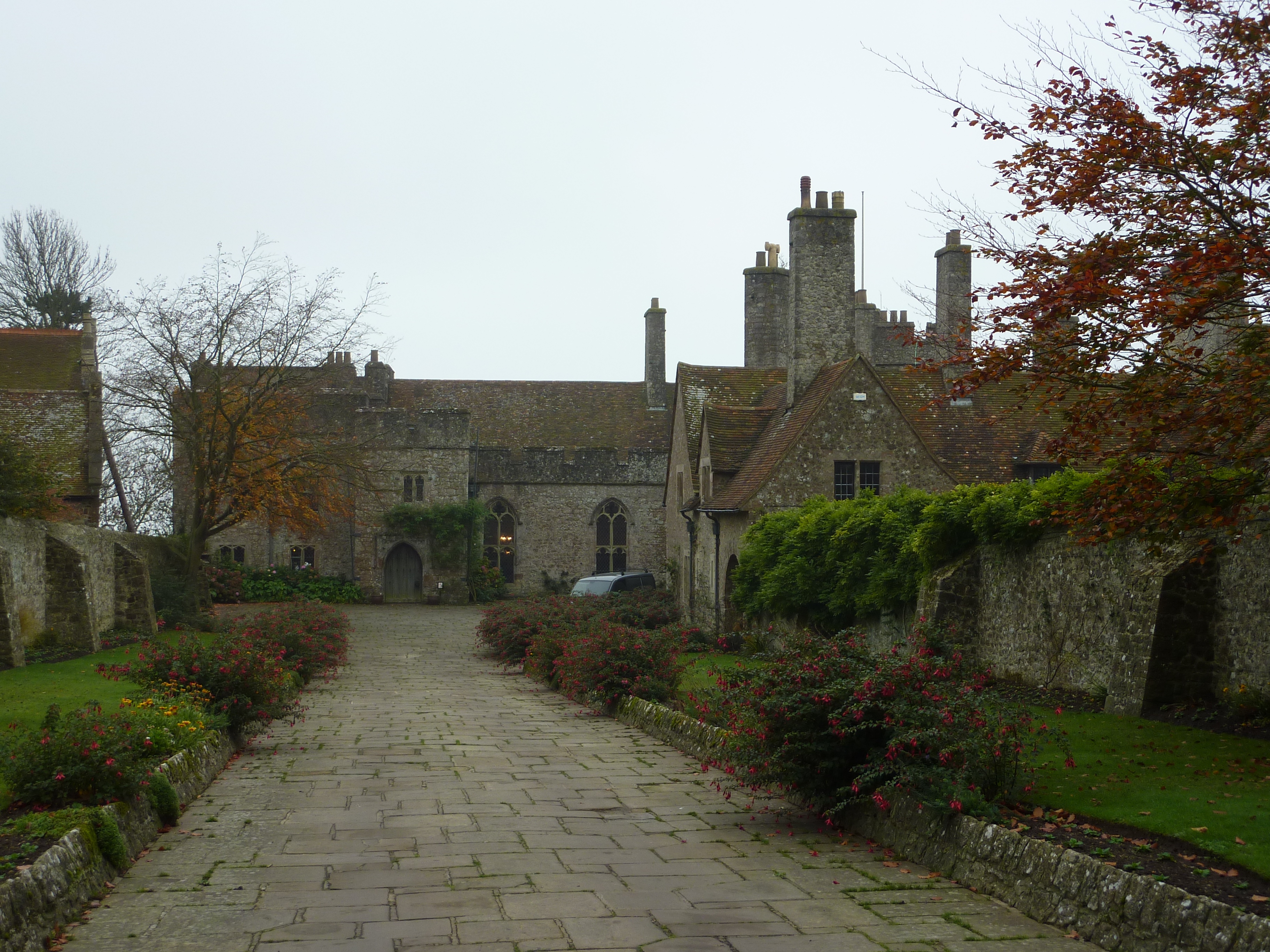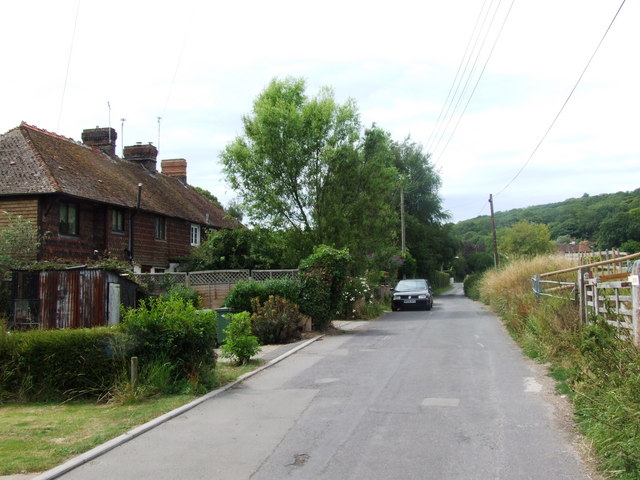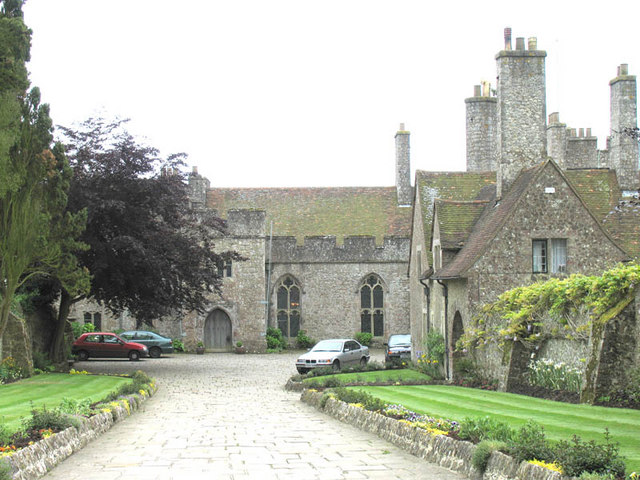Lemanis
Heritage Site in Kent
England
Lemanis

Lemanis, located in modern-day Kent, England, is a significant heritage site that holds archaeological remains of a Roman fort and a Saxon Shore fort. The site is believed to have been occupied since the late Iron Age, with evidence of pre-Roman settlement in the area. Lemanis, also known as Portus Lemanis, played a crucial role in the Roman defense system along the southeastern coast of Britain.
The Roman fort at Lemanis was established around the mid-1st century AD and served as a strategic military base guarding the important Roman port of Rutupiae (modern-day Richborough). The fort was rectangular in shape, covering an area of approximately 2.2 hectares, and featured defensive ditches and ramparts. It housed a garrison of Roman soldiers, who protected the port and the transportation of goods between Britain and the continent.
During the 3rd century AD, Lemanis underwent significant renovations, with the construction of a new defensive wall and gatehouse. This upgrade reflects the increased importance of the fort during this period of Roman defensive reorganization. However, by the 4th century AD, the fort was abandoned, likely due to the declining Roman influence in Britain.
In the 5th century AD, a Saxon Shore fort was built on the same site, demonstrating the strategic significance of Lemanis throughout different historical periods. The Saxon Shore fort was a defensive structure established to protect against Saxon raids along the southeastern coast of Britain. The fort was reinforced with a stone wall, towers, and a gatehouse.
Today, the remains of Lemanis provide valuable insights into the Roman and Saxon presence in Kent. Visitors to the site can explore the ruins of the fort, including the foundations of buildings and the defensive structures. The heritage site serves as a reminder of the area's rich history and its importance in the Roman defensive network.
If you have any feedback on the listing, please let us know in the comments section below.
Lemanis Images
Images are sourced within 2km of 51.07/1.018 or Grid Reference TR1134. Thanks to Geograph Open Source API. All images are credited.





Lemanis is located at Grid Ref: TR1134 (Lat: 51.07, Lng: 1.018)
What 3 Words
///trailing.breakfast.grazed. Near Lympne, Kent
Nearby Locations
Related Wikis
Portus Lemanis
Portus Lemanis, also known as Lemanae, was the Latin name of a Roman Saxon Shore fort, settlement and port in southern Kent. The modern village of Lympne...
Lympne Castle
Lympne Castle is a 18,862 square feet (1,752.3 m2) medieval castle located in the village of Lympne, Kent, above Romney Marsh. After the Reformation, the...
Lympne Escarpment
Lympne Escarpment is a 140.2-hectare (346-acre) biological Site of Special Scientific Interest west of Hythe in Kent. Part of it is the remains of a Saxon...
West Hythe
West Hythe is a hamlet and former civil parish, now in the parish of Hythe, in the Folkestone and Hythe district, in Kent, England, near Palmarsh and a...
Lympne
Lympne (), formerly also Lymne, is a village on the former shallow-gradient sea cliffs above the expansive agricultural plain of Romney Marsh in Kent....
Lympne light aircraft trials
The Lympne Light Aircraft Trials were held to encourage the development of practical light aircraft for private ownership, with a strong but not exclusive...
Port Lympne Mansion
Port Lympne, at Lympne, Kent is an early 20th-century country house built for Sir Philip Sassoon by Herbert Baker and Philip Tilden. Completed after the...
Port Lympne Wild Animal Park
Port Lympne Hotel & Reserve near the town of Hythe in Kent, England is set in 600 acres (2.4 km2) and incorporates the historic Port Lympne Mansion, and...
Nearby Amenities
Located within 500m of 51.07,1.018Have you been to Lemanis ?
Leave your review of Lemanis below (or comments, questions and feedback).


















